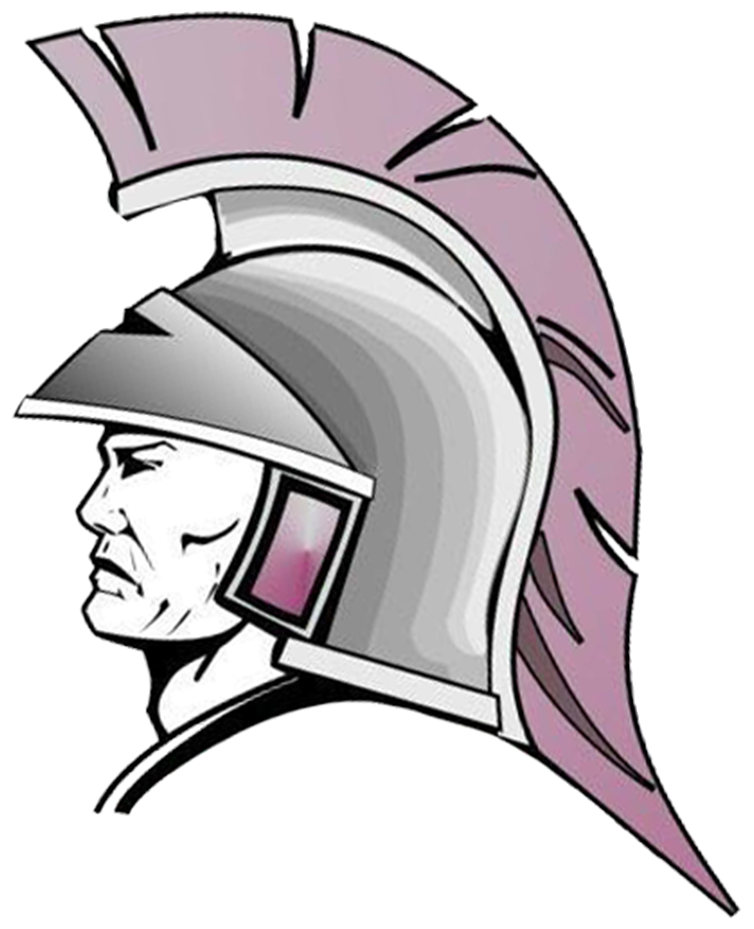Skip to content
Show submenu for District
District
Academic Calendars
Show submenu for Activities
Show submenu for Elementary
Show submenu for Secondary
Secondary
Counseling Center
School Newspapers
Show submenu for Parents/Patrons
Parents/Patrons
Documentation & Information
Technology
Show submenu for Staff
Show submenu for
